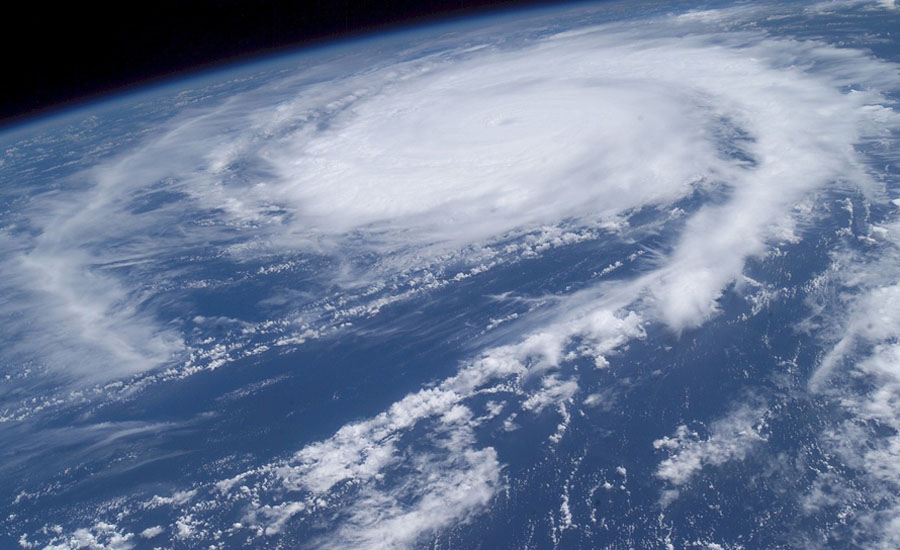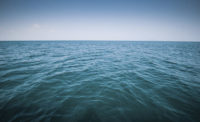NTSB not giving up on finding El Faro

The National Transportation Safety Board (NTSB) announced yesterday that it would launch a second expedition to search for evidence in its investigation of the loss of the cargo ship El Faro, which sank in the Atlantic during a hurricane on October 1, 2015.
A key objective of the upcoming mission, which is expected to begin in April and last about two weeks, is to locate the voyage data recorder (VDR) and to provide investigators with a more extensive and detailed survey of the shipwreck. The exact launch date will be announced later.
“The voyage data recorder may hold vital information about the challenges encountered by the crew in trying to save the ship,” said NTSB Chairman Christopher A. Hart. “Getting that information could be very helpful to our investigation.”
The 790-foot ship was located in about 15,000 feet of water near the Bahamas on October 31. Over the next few weeks the ship and the debris field were documented with a video camera mounted on a remotely operated vehicle.
Video revealed that the navigation bridge structure and the deck below it had separated from the ship. The missing structure included the mast and its base where the VDR was mounted. Neither the mast nor the VDR was found in the vicinity of the navigation bridge structure. The initial search mission was completed on November 15.
After reviewing the data and video from the initial search, investigators shared findings with NTSB senior leadership who determined that a return mission to El Faro was warranted.
A search area of approximately 35 square kilometers (13.5 square miles) will be photo- and video-documented by Sentry, an autonomous underwater vehicle (AUV) that will be launched from the research vessel Atlantis, which is owned by the U.S. Navy and operated by the Woods Hole Oceanographic Institution (WHOI). Sentry can work at depths of nearly 20,000 feet and can be equipped with a wide array of sonar, camera and other sensors.
A VDR of the type that was mounted on El Faro is capable of recording conversations and sounds on the navigation bridge, which could provide investigators with important evidence as they seek to understand the sequence of events that led to the sinking. In addition, investigators hope to obtain high quality images of the bridge, debris field, and hull.
If the VDR is located, another mission using a remotely operated vehicle capable of recovering the recorder will be initiated.
Sentry was developed with funding from the National Science Foundation (NSF) and designed and built at WHOI. It is operated through the National Deep Submergence Facility (NDSF), a center funded by the National Science Foundation, the Office of Naval Research, and the National Oceanic and Atmospheric Administration and managed by WHOI. The NDSF operates, maintains, and coordinates the use of deep ocean research vehicles in coordination with the University National Oceanographic Laboratory System (UNOLS), an organization of academic institutions and national laboratories involved in marine research.
Looking for a reprint of this article?
From high-res PDFs to custom plaques, order your copy today!




